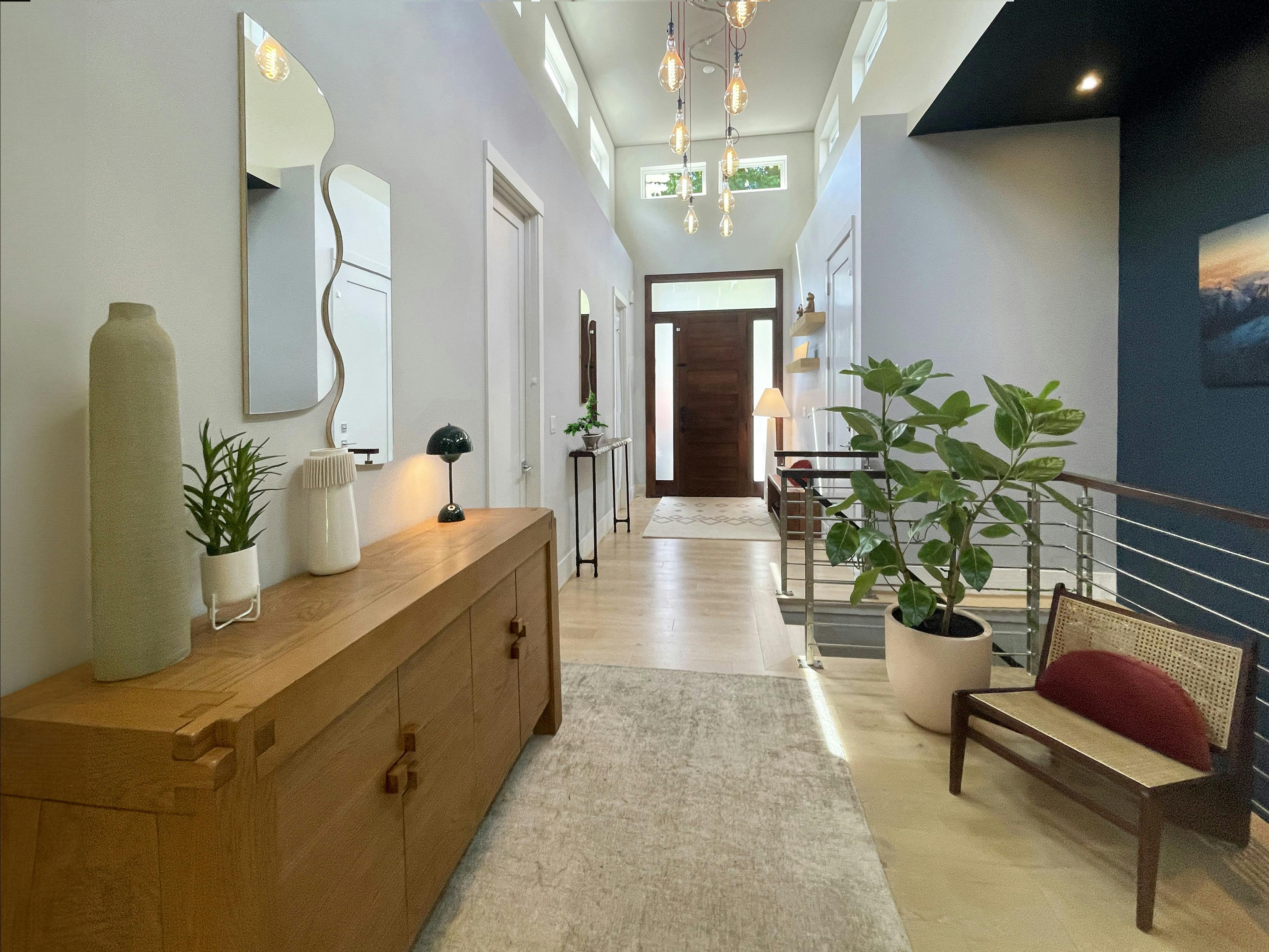The modern world is a maelstrom of stimuli, a place where attention is fragmented and tranquillity seems like a distant dream. We are constantly overburdened, overwhelmed, and tired of keeping up appearances.
The relentless pursuit of something extraordinary has stripped away the joy of what’s ordinary.
This pervasive influence begs an important question – why, in our frenetic, information-overload era, are so many drawn to the laid-back elegance of minimalism?
The answer lies in the philosophy of the movement itself. Minimalism isn't merely about acquiring less; it's about acquiring intentionally. It's a curated world where every object, every space, serves a purpose, fosters a sense of calm, and sparks joy.
With minimalism, you don’t just strip away the superfluous excess overpowering your surroundings, you also do away with the burdening expectations of society dictating the terms of what elegance, beauty, and life are ‘supposed’ to be like.
Minimalist interior design offers us a visual and existential reprieve - a space to breathe, to think, and to be; it emerges as a counter-narrative design dialect that speaks of serenity, and sophistication.






